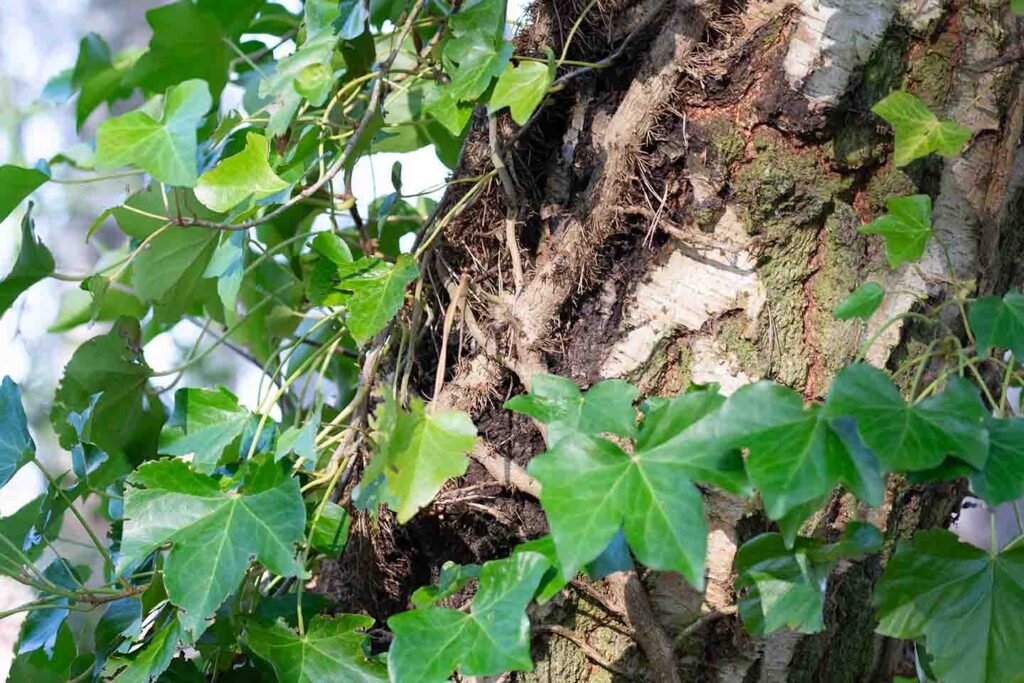A Winter Woodland Wander
Despite it being February it is still a lovely winters day. Just lovely for a wander through the woodland with my camera. We often think of the winter as being a “dead” season where not much happens. That made me wonder is that the case? or are we just not looking for activity?
I thought it might be helpful to include a map with all the locations of the images. You can scroll into the map but please remember the locations may not be exact due to satellite positioning etc.
For each pin I have attached the photo of the plant, but you’ll see more detail on each of the photos below. If you click on each photo you will be taken to the specific page on my online shop.
This blog was originally published on:
and subsequently modified on:
The Middle Way

Soft Downy Feathers
Ivy on splintered stump

Holly and Bramble
Feathers
Under the bark
Swirls
New Life
Scots pine with lichen
Multi-coloured lichen
Moss on tree
Lichen on birch
Ivy on birch

Inside a tree
Honeysuckle
Cowslip
Circle of life
Catkins

If you want to visit the official Maryburgh Community Woodland site please click on this link
This blog was originally published on:
and subsequently modified on:















